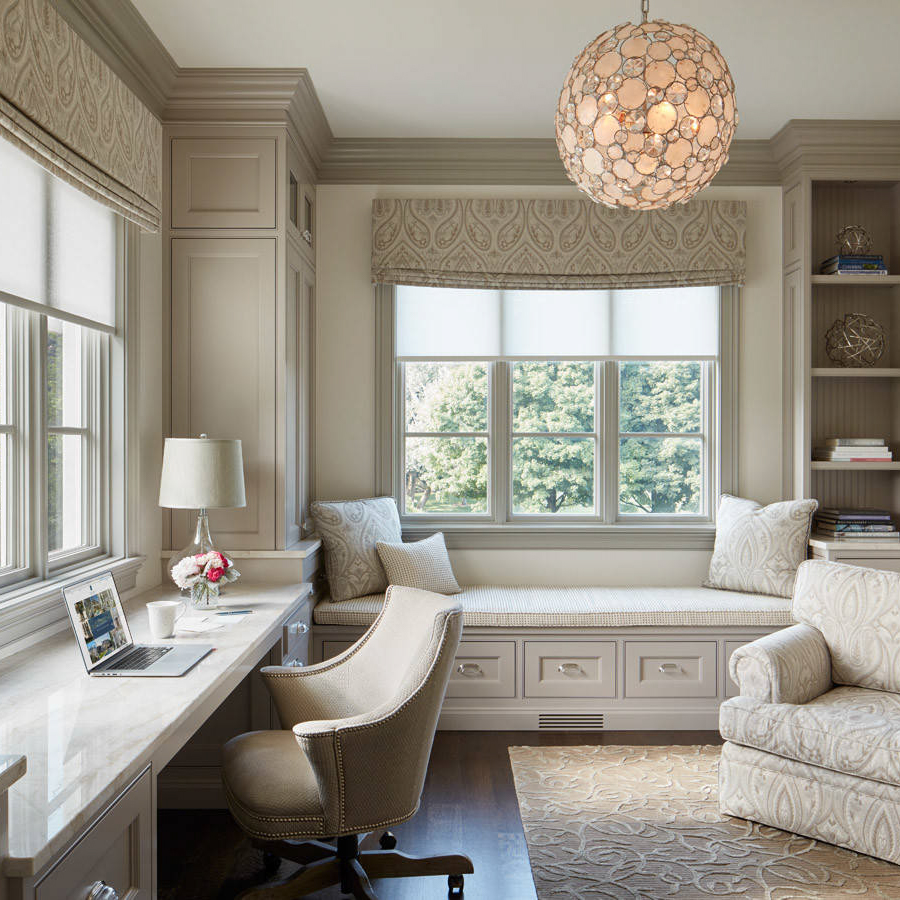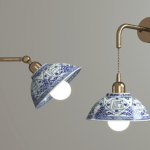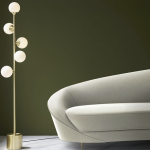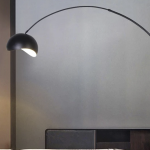
Introduction
Lighting design is a crucial factor in creating an atmosphere and mood in any space. A well-designed lighting plan can enhance the aesthetics and functionality of a space while also providing a sense of comfort and safety. In this article, we will delve into the various aspects of creating a comprehensive lighting design plan for different types of spaces.
Understanding the Purpose of Lighting Design
The purpose of lighting design is not only to illuminate spaces but also to create a particular ambiance. Lighting design should take into account the purpose of a space, the activity that takes place within it, and the desired mood or ambiance. For instance, a well-designed lighting plan for a restaurant must take into account the type of cuisine, the clientele, and the desired ambiance.
Key Factors to Consider in Lighting Design
- Functionality
- Mood or Ambiance
- The Purpose of the Space
- Energy Efficiency
- Clients’ Preferences
The Various Types of Lighting
- Ambient Lighting
- Task Lighting
- Accent Lighting
- Decorative Lighting
Crafting a Comprehensive Lighting Design Plan
A comprehensive lighting design plan must take into account several factors. It should consider the purpose of the space, the activities that take place, the architecture or design of the space, and the clients’ preferences.
The Lighting Design Process
- Assess the space and identify lighting needs
- Develop a design concept
- Choose lighting fixtures and effects
- Create a Lighting Plan and Budget
- Implement the Lighting Plan
- Test and fine-tune the lighting
The Importance of Energy Efficiency
Energy-efficient lighting design not only saves money but also reduces carbon emissions. When designing a lighting plan, one should consider using LED light fixtures, efficient lighting controls, and natural lighting sources.
Choosing Lighting Fixtures and Effects
The choice of lighting fixtures and effects should depend on the purpose of the space, the activities that take place, and the desired ambiance. For instance, task lighting is ideal for workspaces such as offices, while ambient lighting is suitable for lounges or living rooms.






